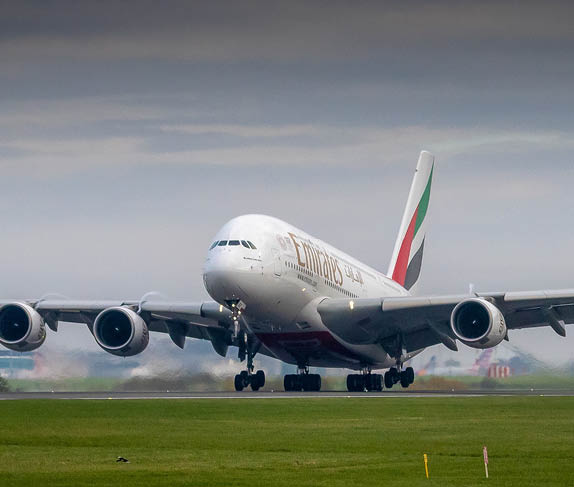BOC Aviation is preparing to launch its initial public offering in Hong Kong, with the submission of the post hearing information pack to the Stock Exchange of Hong Kong. The full prospectus will not be released until later and only if the proposed listing goes ahead, which seems likely. Despite the muted IPO market in the US, the Hong Kong market seems to be the healthiest market, with IPOs hitting $4.1 billion this year even though this is down on the $7.1 billion listed in the year-ago period.
BOC Aviation hopes to raise US$1.5 billion from the IPO to fund aircraft purchases. Bank of China and Goldman Sachs are the reported leads on the issuance. Estimates in the market place a launch date around the middle of next month if initial forays into the market to test investor demand prove fruitful.
The IPO is reported to consist of new shares and existing shares sold by the Bank of China; BOC Aviation is expected to follow the listing with a pre-shoe free float of 30%.
Meanwhile as BOC aims high in Hong Kong, we have to wonder if the growth of new aircraft deliveries will continue in Africa given that ECA support has halted for Airbus and Boeing aircraft? It is likely that many African airlines will have to pay far larger sums for aircraft deliveries than they were hoping for and this should lead to deferrals. The US Ex-Im bank is still not fully running as it is missing a board member and is only authorised to run through and complete a proportion of the pipeline with caps on amounts guaranteed for Boeing aircraft. Of course if Ex-Im does get full re-authorisation one wonders if it will start guaranteeing US manufactured Airbus aircraft, or indeed if it already has…
Aircraft built by Airbus in the USA could well be key in ensuring export credit guarantees in the future for deliveries to Africa and beyond. The Chairman of the US Export-Import Bank, Fred Hochberg stated recently: “If an Airbus plane from Mobile had 50% US content, we’d finance 50%.” If we were to sell a Mobile-assembled aircraft to an international carrier, it could be eligible for some level of Exim financing.”
Airbus has a distinct advantage over Boeing having a plant in the US because it can seek ECA finance from Europe or the USA and deliver aircraft from different plants accordingly to suit customer needs. None of this is hypothetical given that Hochberg has nailed his colours to the mast on the issue. Of course it is likely that Airbus funding will be used against the US Ex-Im bank in the political arena but the mandate of the bank is clear cut – it is to support US jobs and manufacturing and that now includes Airbus aircraft to a large extent – it is impossible to exclude Airbus from the remit.
Meanwhile in the UK, Thomas Cook has held talks with rival airlines about selling its fleet of 91 aircraft (again). Chief executive Peter Fankhauser made it clear some time ago that he is keen to either offload the entire airline division or form a joint venture with another operator. In recent weeks he has met with Lufthansa again and this time the talk was of merging Eurowings with Thomas Cook’s Condor brand, which recently placed an order for 25 A321s and said it would invest £100million revamping the interior of existing planes. Obviously Thomas Cook’s airline division does indeed present a tempting target for Greybull Capital, which is very well placed to take-on the airline and get it ready for a future sale/merger or IPO.
Something else to think about is the current state of Sri Lankan Airlines finances. What impact might this have on lessors and are some lessors looking overweight on Sri Lankan?

